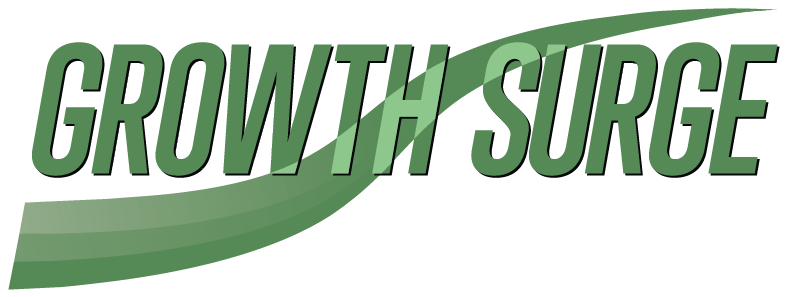Be Decisive – 4 Simple Decision Techniques
If you’re feeling stuck trying to make a big decision, a terrible way to resolve the stuckness is to avoid the decision. Not making a choice is, in itself, a choice to keep the status quo.
In coaching and consulting with thousands of clients, I’ve noticed that we tend to get stuck with how to decide. How do we compare two incomparable choices – the apples and oranges conundrum? How do we weigh up the feelings of comfort or social status against the functional economic value of a luxury product? Or how do we work with the uncertainty of how a decision might turn out?
No doubt about it, decisions are stressful and take conscious energy to resolve. In fact, the greatest value of habitual routines is to free our cognitive resources to focus on the rare exceptions of novelty in our lives. When last did you change your routine for brushing your teeth, how you don a jacket, or the routes you follow for frequent local trips? Imagine how exhausted you’d be if you changed your routines every time you did these things.
Most times, we get stuck in big decisions because of their high novelty. But whether we’re thinking about a bold strategic change in our business or uprooting our lives to emigrate, there are decision-making tools to help us organise our thoughts and tame the overwhelm.
Here are 4 reliable decision-making tools I use regularly for myself and clients, listed from easiest to complex:
- Force field analysis: at its most basic, this is a simple two-column table listing the pros and cons for a decision.
- Paired comparison analysis: if you’re choosing between multiple options, simply compare each option against every other option and pick the winner of each pair. It’s like a round-robin sports tournament, like a football league. After all binary comparisons, the one with the most wins bubbles to the top of the list.
- Decision matrix: this starts as a simple table of criteria in the rows, like price, convenience, availability, safety etc., and options in the columns. Then in the intersecting cells, use a rating scale to score each option against the criteria. Total the columns and the highest score wins.
- Cost-Benefit Analysis: brainstorm all the costs and benefit factors relevant to the decision and estimate their monetary value. Total the costs and deduct them from the benefits to work out whether the benefits outweigh the costs sufficiently. If you’re comparing 2 or more options, the option with the highest net benefit is the winner.
If you google any of these tools, you’ll find they each have more evolved versions that can be applied to highly complex and high-impact decisions in your business and life. But if you’re new to any of them, start simple to build your comfort with them.
After all, being decisive is easy when the decision process feels familiar.
